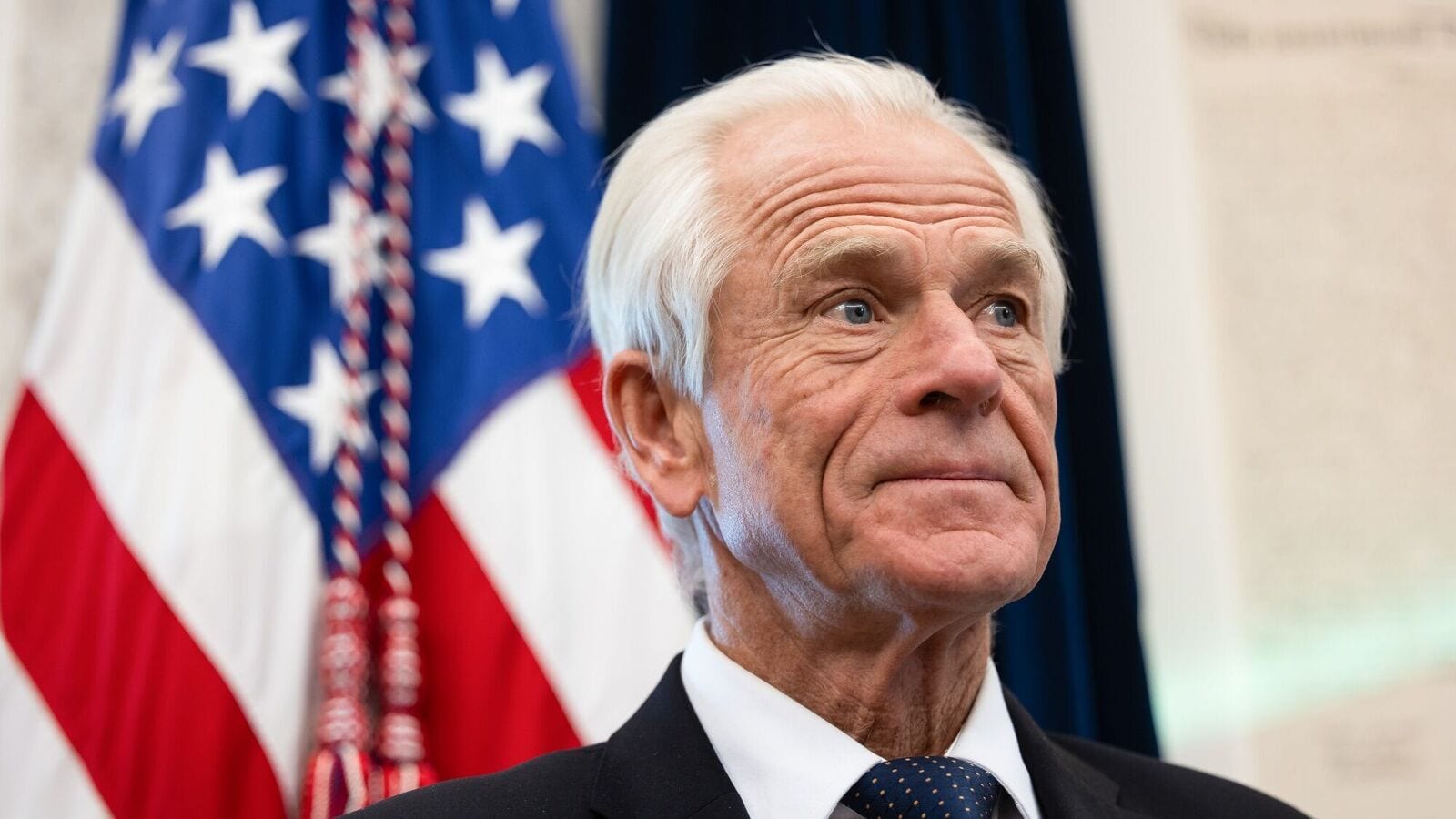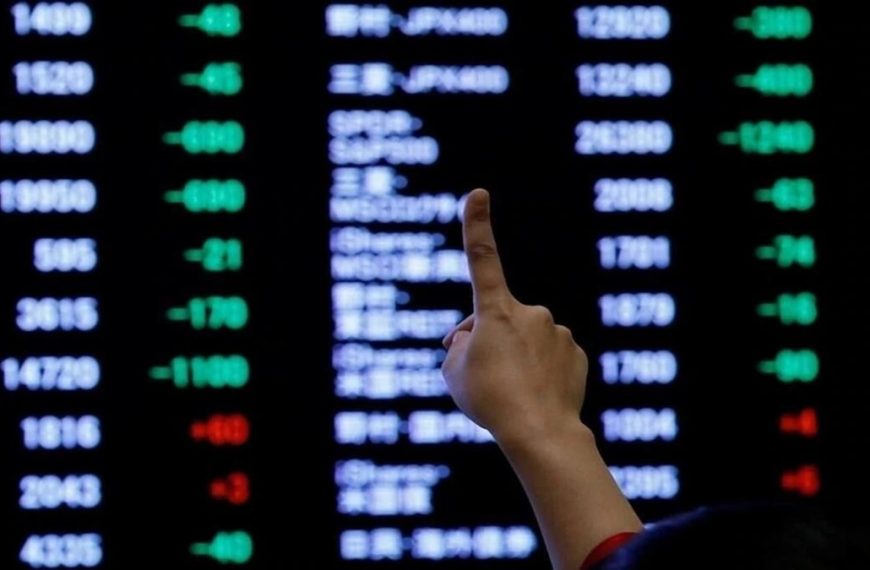On Thursday, the U.S. stock market experienced a noteworthy decline, a reaction many attribute to recent clarifications from the White House regarding reciprocal tariffs. Peter Navarro, President Donald Trump’s chief trade advisor, characterized the drop as a routine market correction following a substantial upturn. “In my view, this is simply a normal adjustment,” Navarro remarked in an interview. “After witnessing the largest single-day gain in stock market history, a slight pullback is to be expected. It’s all part of the game,” he emphasized.
Stock Market Reaction to Tariff Clarifications
The stock market downturn came on the heels of a remarkable surge on Wednesday, which saw the S&P 500 rise over 9% after Trump announced a 90-day suspension of reciprocal tariffs. Following the White House’s announcement of a staggering 145% tariff on imports from China, investors reacted swiftly. The S&P 500 fell by 3.46%, closing at 5,268.05, while the Nasdaq Composite plunged 4.31% to settle at 16,387.31. The Dow Jones Industrial Average also took a hit, dropping 1,014.79 points (equating to 2.5%) to close at 39,593.66.
Impact on Major Tech Stocks
- Apple: Down 4.2%
- Tesla: Down 7.3%
- Nvidia: Nearly 6% drop
- Meta: Fell almost 7%
A Look Back: Market Surge and Trade Policies
The stock market’s dip is in stark contrast to the previous day’s performance, where optimism surged following Trump’s announcement regarding tariff negotiations. Navarro highlighted the administration’s focus on rectifying trade imbalances, stating, “Currently, we have a 10% global tariff in place, and while we’re losing about $4 billion daily, we’re also generating revenue that can help us address the dangerous trade deficit.”
Future Negotiations and Opportunities
Navarro expressed enthusiasm about upcoming negotiations, revealing that 90 countries are interested in discussing trade with the U.S. “We are on the brink of major opportunities, potentially bringing in hundreds of billions of dollars through manufacturing and energy sales,” he noted. This optimism reflects the administration’s broader strategy to leverage tariffs as a means of fostering economic growth and reducing trade imbalances.
Conclusion: A Complex Economic Landscape
As the U.S. grapples with the implications of these tariffs, the evolving landscape presents both challenges and opportunities. While the immediate market reactions may induce volatility, the long-term effects of these policies will unfold in the coming months. Investors and analysts alike will be watching closely as the situation develops, particularly in light of the ongoing negotiations and potential shifts in trade dynamics.











